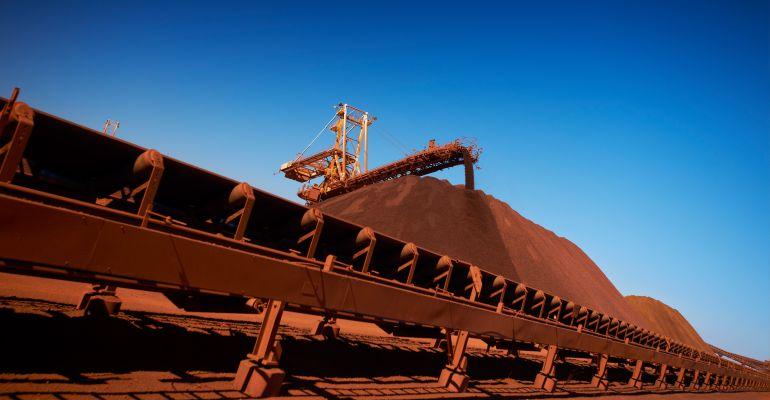The latest Purchasing Managers Index (PMI) shows growth above 50 points and contraction below 50. The latest reading of 49.2 shows the first contraction in activity since the first wave of COVID-19 and related restrictions hit output hard in April 2020, said Bimco.
Industry in China continues to suffer from outbreaks of COVID-19, recent examples of COVID-related shutdowns in the port sector in Yantian and Ningbo show the impact confirmed cases can have.
China’s economic movements have a significant impact on world trade and thus shipping demand, from its output of manufactured goods and their place in the container trade, to its intake of dry bulk commodities like coal, iron ore and grains.
“The August PMI report just revealed that Chinese goods producers have recorded the first fall in output, a sub-indicator of the composite, since February 2020,” says Peter Sand, Bimco’s Chief Shipping Analyst.
“Also in August, the sub-indicator “new export orders” fell below the threshold-level of 50 for the first time since February 2021, reaching 46.7. This an indicator of future activity in foreign trade and therefore also an indicator for container shipping demand,” he said.
“Is it a worrying development? Well, if the drop into negative territory is the first of many months in sub-50 territory – it’s a problem, if it’s merely a one off, keep calm and carry on,” says Sand.
According to Credit Suisse, the National Bureau of Statistics’ (NBS) official PMI is best at explaining GDP and industrial production and manufacturing in general, whereas the Caixin/Markit PMI is the better indicator for exports, said Bimco.
“The NBS official PMI reading of 50.1 in August 2021 indicates the smallest amount of expansion for the manufacturing sector. As the better gauge for industrial production, this is relevant to dry bulk shipping where a lot of imports are related to heavy industries such as steel production and power generation,” said Sand.
“In terms of overall economic growth, the quarterly GDP for the second quarter indicates a solid GDP growth in China, but also a relative slowdown.”
Copyright © 2024. All rights reserved. Seatrade, a trading name of Informa Markets (UK) Limited.
Add Seatrade Maritime News to your Google News feed.  |

